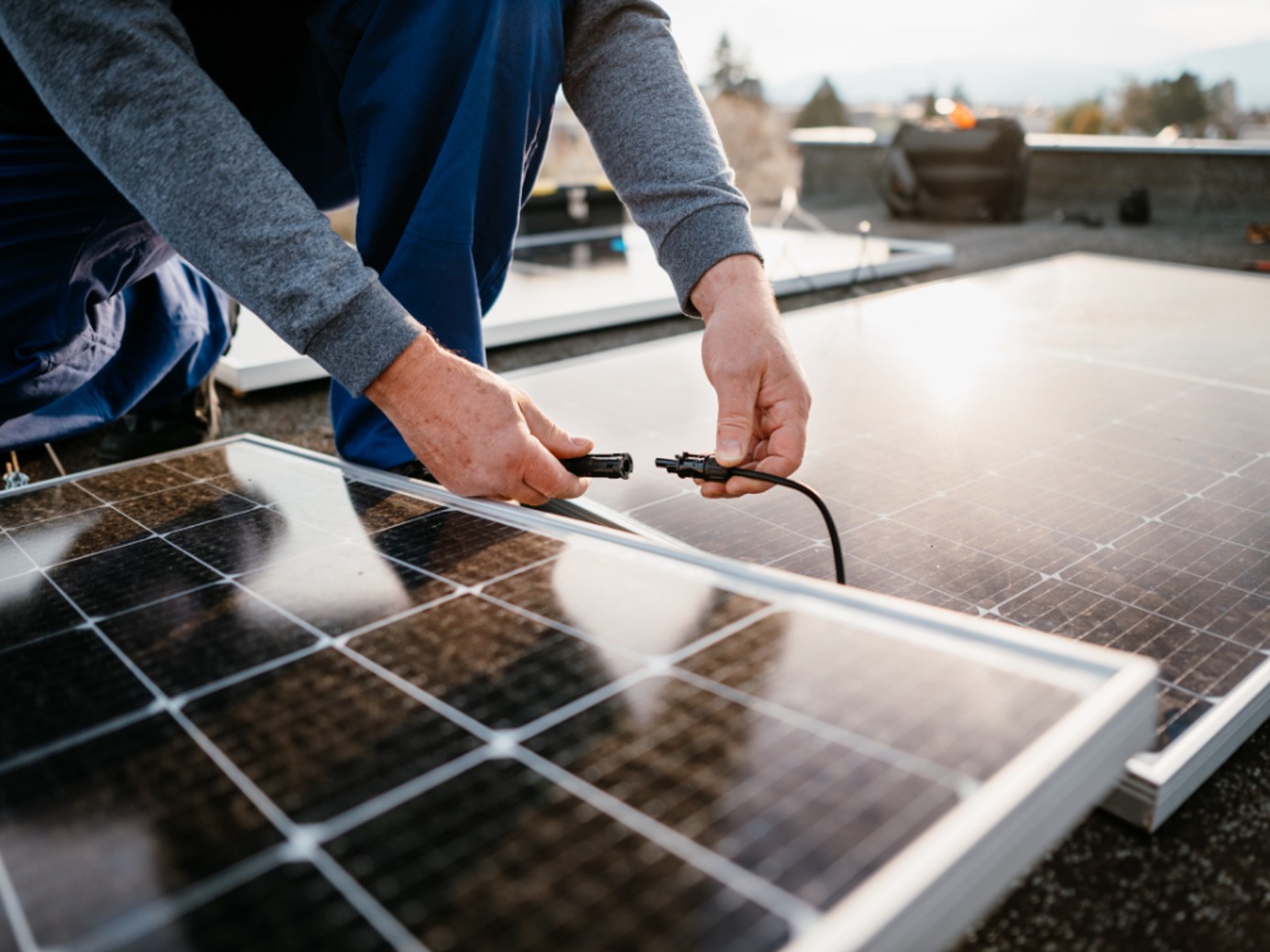Four main reasons to choose a solar power plant with microinverters
It is important to choose a system that provides optimal performance
Date publishedSeptember 19, 2024
There are several types of inverters. Microinverters, like larger central inverters, are devices used in solar panels to convert the direct current (DC) produced by the panels into alternating current (AC), which we can use to power devices in the household.
There is a huge difference in how these inverters work and their efficiency. Since a solar power plant is a significant investment, choosing wisely which solar system you will install on your roof is important. Remember, price is not the only important factor - high-quality, efficient, durable, and durable systems provide the best value.
Solar power plants that use older technology, like central inverters, are often cheaper but less efficient, and they are more difficult and expensive to upgrade.
Four reasons to choose a solar power plant with microinverters
1) Easier and cheaper system upgrades
In systems with central inverters, adding new solar panels without changing or purchasing a more powerful inverter is not easy. However, with microinverters, increasing the plant’s capacity is very simple. The customer only needs to add new panels, as each microinverter works independently.
2) Increased safety
Microinverters work at lower voltages than central inverters, reducing the risk of electric shocks and other safety issues. Also, firefighters cannot extinguish the fire with water in the event of a fire during the day because even if the inverter is turned off, the panels still produce 400-1000V DC.
3) Independent operation of each panel enables greater efficiency
With microinverters, the system is “resistant” to shading, meaning that if shadow falls on one panel, only that panel will perform less efficiently, while the other panels will continue to produce at their maximum. Also, if one microinverter and/or panel stops working, the rest of the system (other microinverters/panels) will continue to generate electricity. Even in the most unfavorable conditions, the microinverter will continue to produce individually.
In contrast, a system using a central inverter is not resistant to shading (if shadow falls on one panel, the whole system will be affected, producing at the level of the worst-performing panel). For example, if all panels produce 300W and a shadow falls on one panel, causing it to produce 30W, the entire system will produce 30W. If one of the panels stops working, the whole system stops. If the central inverter fails, the entire plant will stop producing.
4) Safe energy conversion that happens on the roof, outside the building, without Noise
With microinverters, all energy conversion takes place on the roof of the building and microinverters don’t use fans (passive cooling). Only one thick cable enters the building, which is connected to the distribution box.
With regular, outdated inverters, all the conversion (from DC to AC)happens inside the building, where the inverter is located. Since it needs to cool down for operation, it requires active cooling (a fan), which generates noise.
Apart from using microinverters for its solar plants, what sets ENNA Next apart from other players in the solar market is its 10-year insurance for solar power plants, as well as its quick and responsive customer support that assists customers in choosing the optimal system and continues to offer assistance after the system is up and running.
Still thinking? Contact our experts at 0800 6622 and get all the necessary information firsthand!